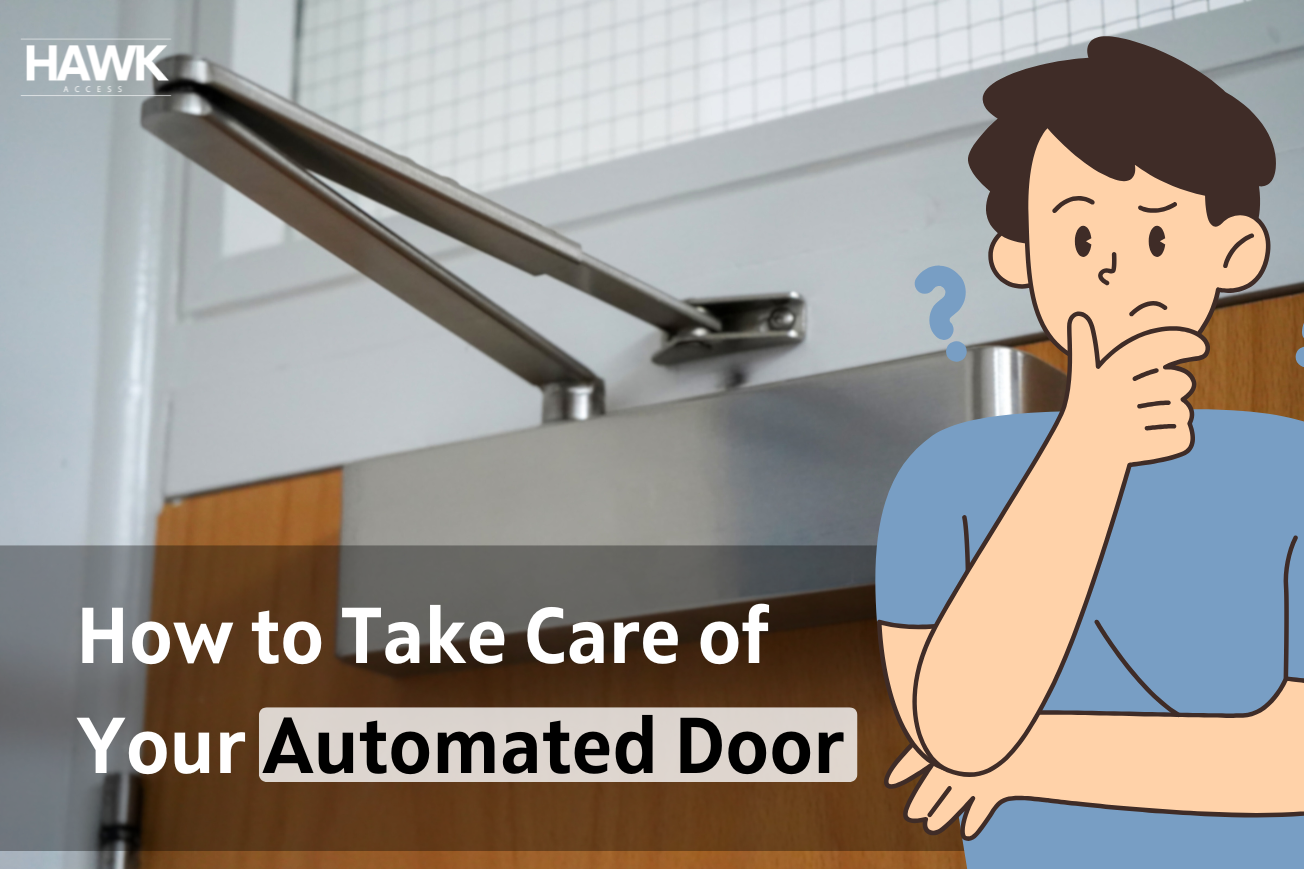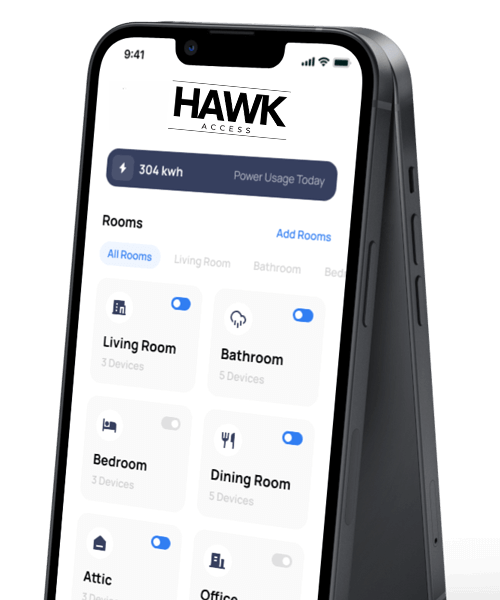Introduction to Automated Doors
Automated doors are a modern convenience that simplifies life at homes and businesses. However, to keep them functioning efficiently, regular care and maintenance are essential. Automated doors are an essential part of modern homes and businesses, offering convenience, efficiency, and a touch of elegance. But just like any other technology, they need proper care and maintenance to keep functioning smoothly. Whether you’re using them for residential, commercial, or industrial purposes, maintaining automated doors is crucial to ensure safety, efficiency, and longevity. In this article, we’ll cover everything you need to know about automated door maintenance, troubleshooting, and best practices for extending their lifespan.
What Are Automated Doors?
Automated doors are designed to open and close automatically using technologies like sensors, motors, and control systems. They are commonly found in malls, hospitals, airports, and increasingly, in homes. These doors are more than just a convenience—they improve accessibility, save energy, and enhance the aesthetic appeal of any space.
Why Are They Popular?
They’re practical, save time, and offer a touch of elegance. Automated doors also promote accessibility for people with disabilities and enhance energy efficiency by maintaining indoor temperatures.
Benefits of Maintaining Automated Doors
Extending Lifespan
Maintenance ensures the components last longer. Routine inspections prevent small issues from turning into expensive repairs.
Ensuring Safety
A malfunctioning automated door can pose safety risks. Regular care ensures that the sensors, motors, and tracks operate correctly, reducing hazards.
Enhancing Efficiency
When automated doors are well-maintained, they operate quietly and efficiently, consuming less power and improving user experience.
Regular Maintenance Checklist
To ensure your automated doors remain in peak condition, follow this maintenance checklist:
1. Daily Inspections
Take a few minutes every day to visually inspect your doors. Look for:
- Misaligned tracks
- Dirt or debris is blocking the sensors
- Visible wear on moving parts
2. Weekly Cleaning
Dust and dirt can accumulate on tracks, panels, and sensors, affecting door performance. Use a soft cloth and mild cleaning agent to:
- Wipe the door panels
- Clean the sensors
- Remove debris from tracks
3. Monthly Function Tests
Test the doors’ functionality by observing their opening and closing speed, responsiveness to sensors, and obstacle detection. Make sure:
- Sensors stop the door when an obstacle is detected.
- Motors run smoothly without unusual noises.
4. Professional Servicing
Schedule professional maintenance annually to handle complex tasks like motor repairs and system diagnostics.
Maintenance Frequency for Automated Doors
| Task | Frequency | Purpose |
|---|---|---|
| Visual Inspection | Daily | Detect visible damage or misalignment. |
| Cleaning Tracks & Sensors | Weekly | Remove debris and improve functionality. |
| System Testing | Monthly | Ensure all features work efficiently. |
| Professional Servicing | Annually | Perform in-depth diagnostics and repairs. |
Cleaning Your Automated Door
Recommended Cleaning Materials
Use mild detergents, soft microfiber cloths, and non-abrasive cleaning agents to avoid damaging sensitive parts.
Steps to Clean Safely
- Switch off the power to prevent accidental door movements.
- Wipe down the panels and tracks with a damp cloth.
- Carefully clean the sensors and let them dry thoroughly.
- Lubricate the tracks with a recommended silicone-based lubricant.
Testing Door Functions
Checking Sensors
Sensors are critical for detecting motion and obstacles. Ensure they respond accurately by testing them with a hand or object.
Verifying Motor Functionality
The motor powers the door’s operation. If you hear grinding noises or experience sluggish movements, it might need servicing.
Common Issues in Automated Doors
Sensor Malfunctions
Obstructions or misaligned sensors can cause erratic door movements.
Motor Wear and Tear
Over time, the motor can weaken, leading to jerky or incomplete door movements.
Track Alignment Problems
Tracks can shift, creating friction or preventing the door from closing properly.
Troubleshooting Tips for Common Problems
How to Reset the System
Turn off the door’s power, wait a minute, and then restart it to reset the system.
Quick Fixes for Sensor Issues
Clean the sensor lenses with a soft, dry cloth and check for alignment issues.
When to Call a Professional
Signs You Need Expert Help
- Persistent grinding noises
- The door gets stuck halfway.
- Frequent malfunctions despite regular cleaning.
Finding Reliable Service Providers
Look for certified professionals specializing in automated repairs. Check online reviews and ask for referrals.
Seasonal Maintenance Tips
The performance of automated doors can vary depending on the season. Here’s how to adapt your maintenance routine:
Winter Preparation
- Apply anti-freeze lubricants to the tracks.
- Clear any snow or ice near the sensors and tracks.
Summer Care
- Use compressed air to remove dust from sensors.
- Ensure tracks are free of dirt to avoid overheating.
Energy Efficiency and Automated Doors
How Maintenance Helps Save Energy
Regular maintenance ensures the door seals tightly, reducing energy loss.
Upgrading to Energy-Efficient Models
If your door is outdated, consider newer models with better insulation and energy-saving features.
Enhancing Door Longevity
Using High-Quality Parts
Replace worn-out parts with high-quality components to avoid frequent repairs.
Avoiding Overuse
Excessive use can wear out the motor and sensors faster. Adjust the settings to minimize unnecessary activations.
Smart Automation Tips
Integrating With Home Systems
Sync your automation with smart devices for better control and convenience.
Updating Software Regularly
Firmware updates keep your door’s system running smoothly and securely.
Cost of Neglecting Maintenance
Financial Impacts
Ignoring maintenance can result in costly repairs, such as motor replacements or complete system overhauls.
Safety Concerns
A malfunctioning door can compromise safety, leading to potential injuries or security breaches.
Please note: We do not install or consult on locks, but every door we fit is ready for your chosen security hardware.
Conclusion
Doors are a valuable investment, but they require regular care to function smoothly. By following a consistent maintenance routine, addressing issues early, and seeking professional help when needed, you can ensure your automated door stays in great shape for years to come.
FAQs
- How often should I schedule professional maintenance for my automated door?
An annual professional inspection is recommended to keep your door in top condition. - What should I do if my automated door stops working completely?
Check for power supply issues or system resets first. If unresolved, call a technician. - Can the weather affect my automated door’s performance?
Yes, extreme weather like snow or heat can impact sensors and tracks, requiring seasonal maintenance. - Are automated doors energy-efficient?
They can be, especially with regular maintenance and energy-efficient models. - How can I improve the lifespan of my automated door?
Regular cleaning, timely repairs, and using high-quality parts significantly improve longevity. - Do automated require lubrication?
Yes, lubricating the tracks and hinges periodically reduces friction and wear. - What should I look for in a professional maintenance service?
Look for certifications, experience with doors, and positive customer reviews. - Can an automated door be integrated with smart home systems?
Absolutely! Modern automated doors often come with compatibility for smart home integration. - What causes the automated door to close too slowly?
A weakened motor or obstructions in the track might be the culprit. - How can I prevent dirt from accumulating on my door tracks?
Regular cleaning and installing protective covers can minimize dirt buildup.








